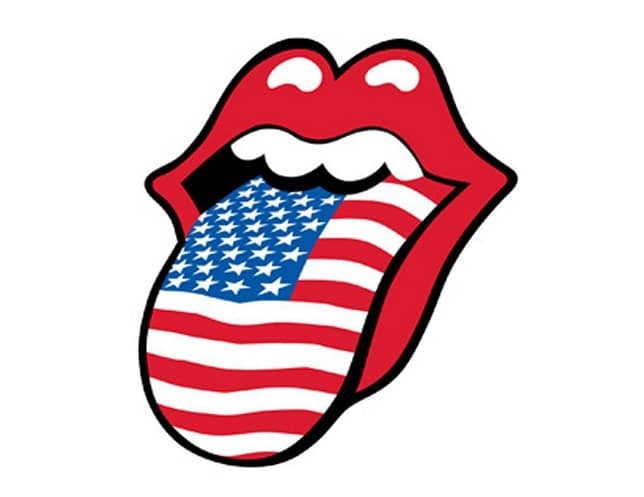From the musical cadence of a Southern drawl to the unique slang of the West Coast, American English encompasses a vast array of dialects
English is the primary language spoken in America, but its usage and pronunciation can differ significantly depending on the region. From the musical cadence of a Southern drawl to the unique slang of the West Coast, American English encompasses a vast array of dialects.
For instance, travelers will recognize the distinctive twang of a Texan accent, with its frequent use of the colloquial term “y’all.”
Meanwhile, the Boston accent, with its dropped ‘r’s and flattened ‘a’s, is renowned for its idiosyncratic charm – just try saying “Park the car in Harvard Yard” in your best Bostonian accent!
And let’s not forget about the Valley accent of California, which is known for its laid-back, surf-inspired intonation, complete with elongated vowels and a distinctly youthful energy.
While the multitude of accents in the United States can be a source of pride and fascination for many, they may pose challenges when Americans travel abroad.
Industry experts recently conducted a survey to gauge how difficult it was for Americans to communicate effectively when traveling overseas. The survey asked 3,000 participants to rate their level of understanding on a scale of 1 to 10, with 1 indicating the most difficulty. The results were intriguing, shedding light on the potential challenges of navigating linguistic differences in unfamiliar settings.
The least understood tourists when vacationing abroad are from Rhode Island and Maine, both of whom speak with a distinctive Eastern New England accent. This regional dialect, also known as the ‘Yankee accent’, is found in the northeastern region of the USA; as well as Rhode Island and Maine, it can also be found in Connecticut, Massachusetts, New Hampshire and Vermont. This accent is distinctive for a few reasons: it drops the ‘r’ sound in the middle and at the end of words – this may cause confusion if someone travelling abroad were to ask a local the directions to the nearest ‘cah-pahk’… They also use a very flat ‘o’ sound, so that ‘coffee’ sounds like ‘cawffee’ and ‘Boston’ sounds like ‘Bahston’. Lastly, the accent adds an “r” sound to the end of words that end in “a,” such as “idear” instead of “idea” and “sodar” instead of “soda.”
Alabamians are often not well understood when traveling abroad, ranking as the third least understood group of American tourists. This state contains a few different accents, including Gulf Southern and Midwestern, but one of the most distinctive is Southern Appalachian (which is found in the Appalachian Mountains region). The distinctive Southern Appalachian accent, which can be characterized by a nasal ‘aw’ sound instead of ‘a’, and a flat ‘uh’ sound instead of ‘i’, may be difficult for foreigners to comprehend. Additionally, the accent’s drawling or twangy intonation may add to the challenge. So if a tourist was asking where he could buy a hat, it might come across more like ‘hawt’.
Despite the prevalence of movies set in New York City, the survey found that the city’s accent ranks as the fourth most misunderstood by foreigners. The accent is unique to the city’s five boroughs and is known for its distinct pronunciation of vowels and consonants, as well as a particular rhythm and intonation pattern.
Like the New England accent, the New York City accent also drops the ‘r’ at the end of syllables or words, resulting in phrases like ‘bettah’.
Additionally, New Yorkers use a distinct ‘aw’ and so could really confuse a local waiter when asking for some Tabasco ‘sawce’.
Louisiana tourists’ Cajun English came in 5th position when being misunderstood abroad. This regional dialect is a unique blend of French and English influences and is most commonly associated with rural areas.
Cajun English is characterized by dropping the ‘g’ sounds at the end of words ending in ‘-ing’ and pronouncing ‘th’ as ‘d’ or ‘t’, resulting in ‘this’ sounding like ‘dis’ and ‘that’ sounding like ‘dat’.
Additionally, they use the French ‘ay’ sound instead of ‘I’ or ‘my’, which could lead to confusion when a lost tourist asks for directions, saying “ayam tryin’ to find may haws.”





